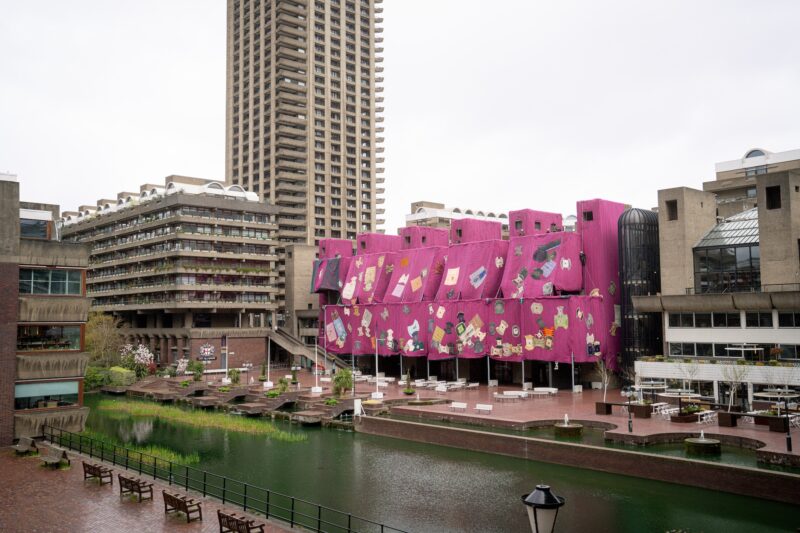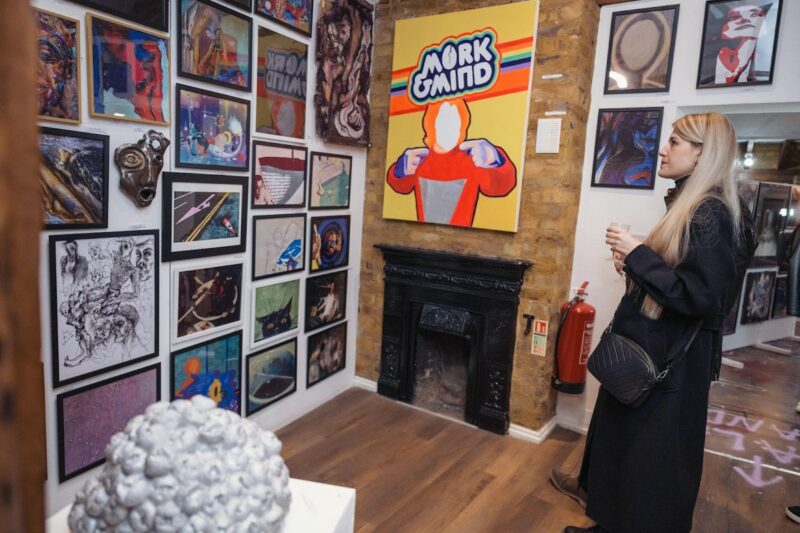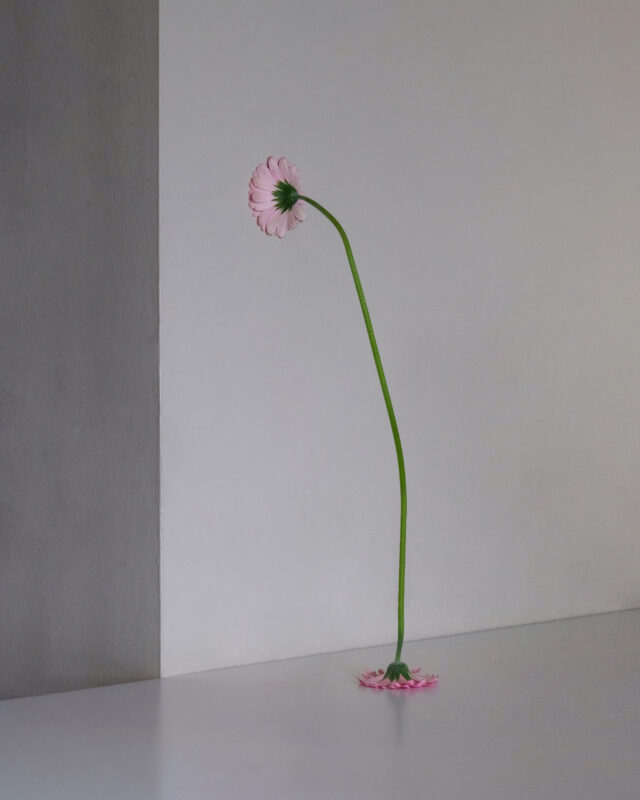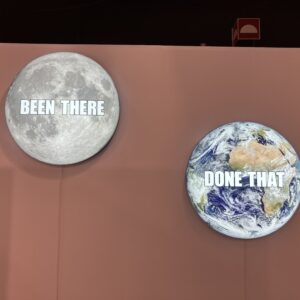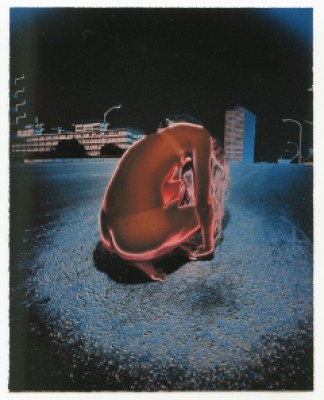
Still hard at work well into his late 70s, Japanese photographer Kishin Shinoyama’s images have lost none of the potency that would make his 1960’s nude studies so revered and sensationalized in equal measure. Michael Hoppen Contemporary announced the first exhibition of his work in the UK, which will focus on his most iconic series – Birth, Twin, Death Valley, Brown Lilly and Phantom, as well as studies of a dancer, also from the 1960s.
Shinoyama was born in Tokyo in 1940 and at the age of three underwent ordination rites to become a Buddhist priest. By the age of 10 he was given his first camera and was proficient and keen enough to establish his own working darkroom. He studied photography at Nihon University, Tokyo, also working as a freelance photographer for the Light Publicity Company in the early 1960s. He worked in editorial and fast became one of the youngest and most well thought of in his fieldphotographing everything from pearls to jet planes with a fresh, dynamic sense of imagery and symbolism.
After leaving Light Publicity in 1968 to freelance, his creative energy and unique character and appearance made him a mass media star. His photographs of the celebrities of the day, including female impersonator Akihiro Mruyama and his nude studies created a sensation.
In 1970 his exhibition NUDE – Kishin Shinoyama Exhibition, which focused around his work in Death Valley, drew great attention and praise for its challenging images of the female form, and the fame of ‘Shinoyama of the Nudes’ was assured. The book Nude has now become highly valuable and collectable, as have other publications of his work.
In October of 1968 his one man exhibition Birth – photographs taken on location on Tokunoshima in Southern Japan – showed the beginnings of the psychedelic and daring nature of his work, with that sense of nostalgia linked with the future that is so evocative of the late 1960s.
This exhibition is a chance to see vintage prints and more recent re-explorations of earlier solarization techniques by an artist was was at the forefront of challenges to preconceived ideas of beauty and the nude.

